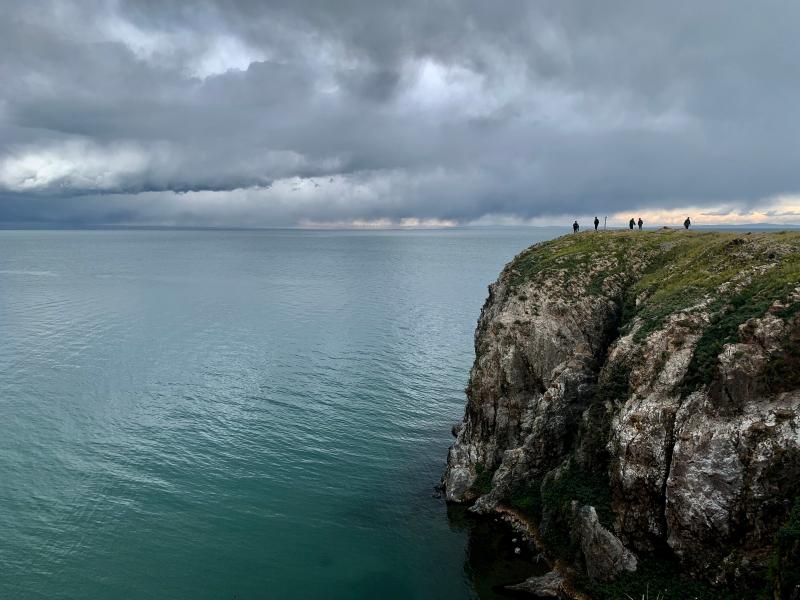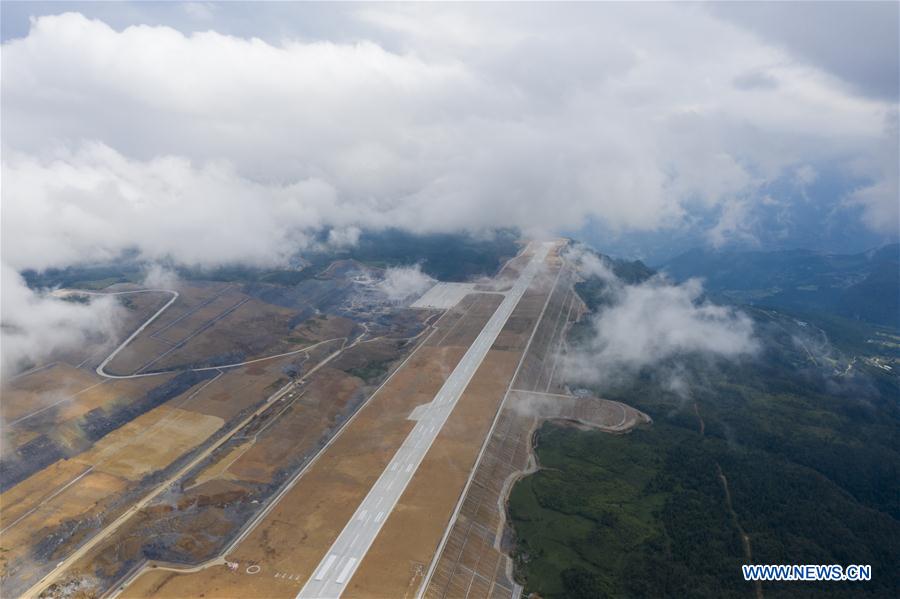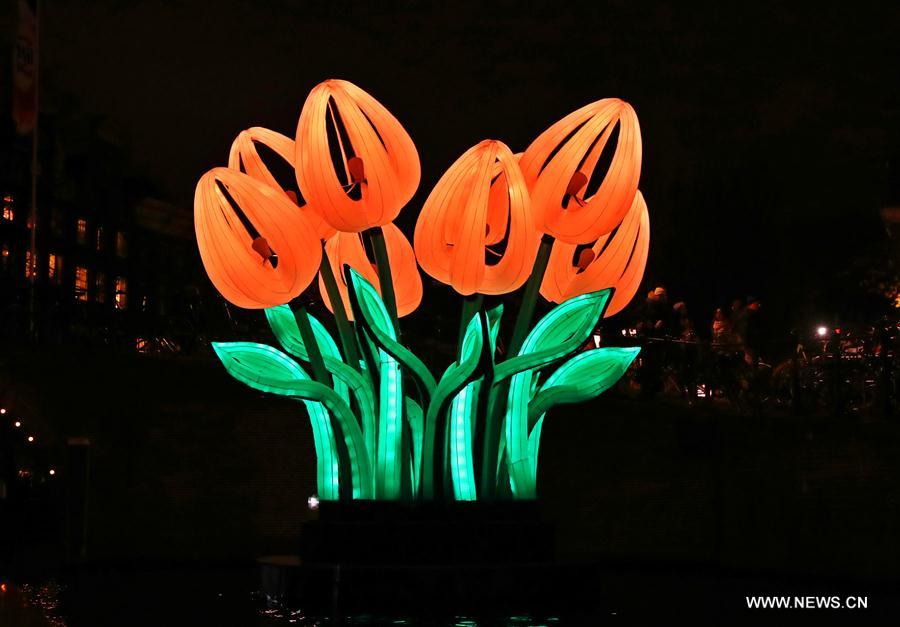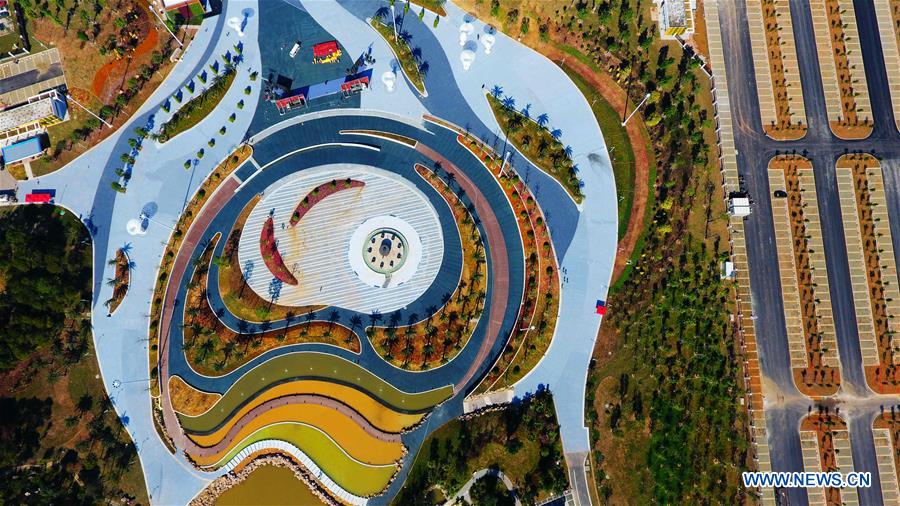-- Qinghai Lake, China's largest inland saltwater lake, is a crucial body of water to maintain ecological security in the northeastern part of the "roof of the world," the Qinghai-Tibet Plateau.
-- Heavy investment on ecological protection paid off. The improving aquatic ecosystem of the Qinghai Lake has made it one of the regions with the richest biodiversity on the plateau.
-- Under the efforts of national park construction, the lake, a glittering and translucent sapphire mounted in the vast expanse of the plateau, is embracing a more integrated ecosystem in the future.
XINING, Aug. 16 -- As a red sun rose behind the clouds and reflected on the water, visitors and shutterbugs followed paths along the shore of the Qinghai Lake in the chattering of ruddy shelducks and brown-headed gulls looking for the best spot to capture the lake as it sparkled in the first rays of dawn.
The spectacular and colorful views provide a unique raw landscape for creations from photographers and oil painters.
Qinghai Lake, China's largest inland saltwater lake in the northwestern province of Qinghai, is a crucial body of water to maintain ecological security in the northeastern Qinghai-Tibet Plateau.
It offers a glimpse into the improving ecology of the "roof of the world" as well as the determination of the Chinese government to pursue green development through decades of protection of the lake.

File photo taken on Sept. 24, 2019 shows a view of the Bird Island at Qinghai Lake, northwest China's Qinghai Province. (Xinhua/Li Linhai)
PROTECTING SPECIES GENE POOL
With a maximum altitude of 5,291 meters, the Qinghai Lake, which straddles two Tibetan autonomous prefectures of Hainan and Haibei in the province, has a water area of 4,549.38 square kilometers, a gene pool for species on the Qinghai-Tibet Plateau.
In 2008, the province launched a 10-year plan on the ecological environment protection and comprehensive management of the Qinghai Lake Basin with a total investment of 1.57 billion yuan (about 226 million U.S. dollars).
A total of 800 hectares of wetland had been restored by 2018, with banning, delaying and rotational grazing implemented on more than 31,000 hectares of land.
Restoration programs were launched in bird habitats, which have brought up the number of bird species in the lake region from 164 in 1996 to 225 at present.
The lake has become a key habitat for wintering of more and more migratory birds, with over 100,000 birds making a stop here during migration every year, including rare species like whooper swans and black-necked cranes, according to He Yubang, head of the Qinghai Lake national nature reserve's administration.
Artificially-bred fry of naked carp, a fish species endemic to the lake that once sharply declined due to over-fishing, have been released into the lake since the late 1990s, with a fishing ban starting in 2000. By the end of last year, the lake contained some 93,000 tonnes of naked carp, more than 30 times the number in 2002.













